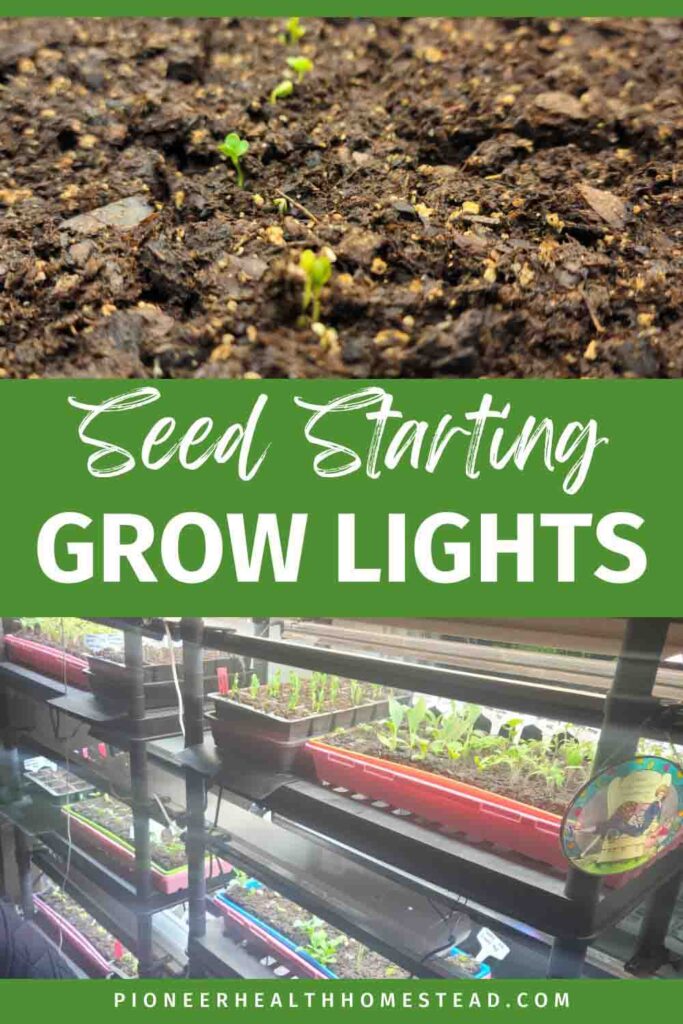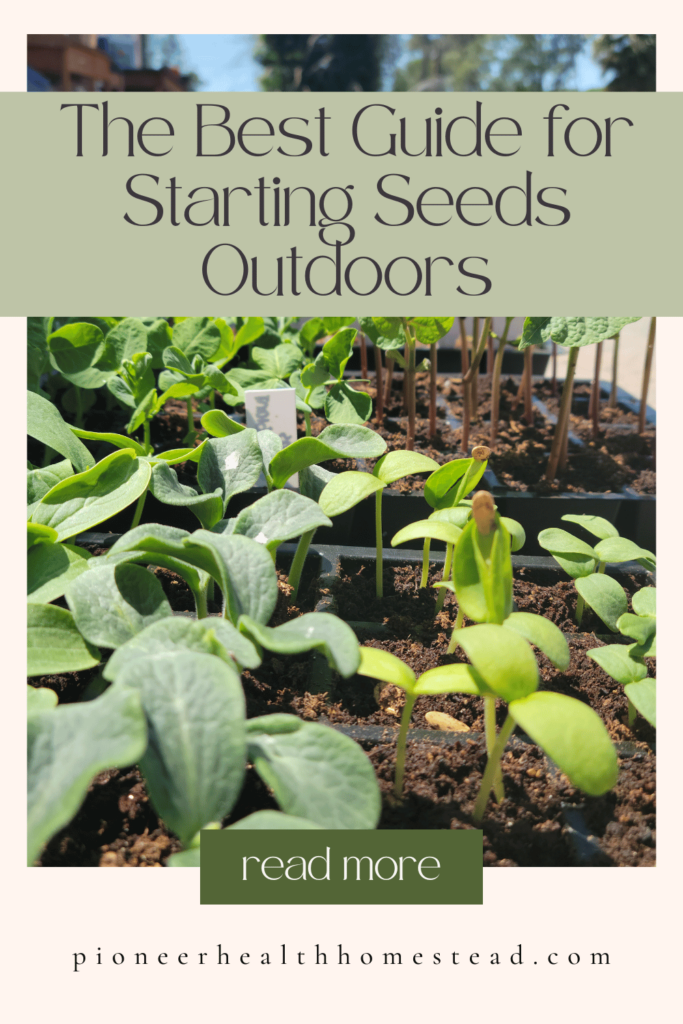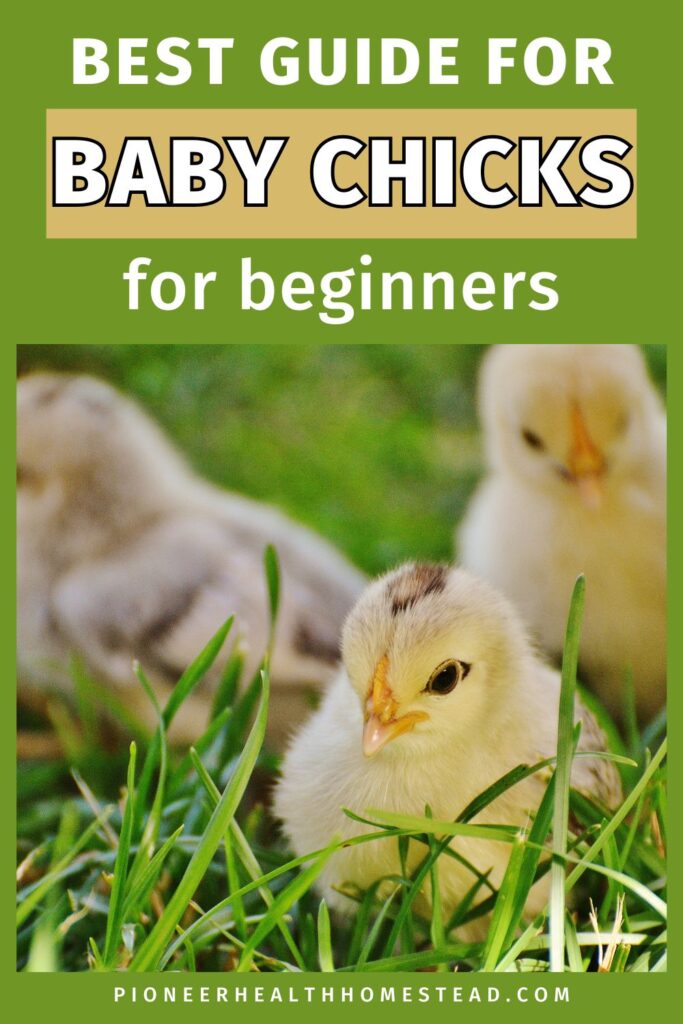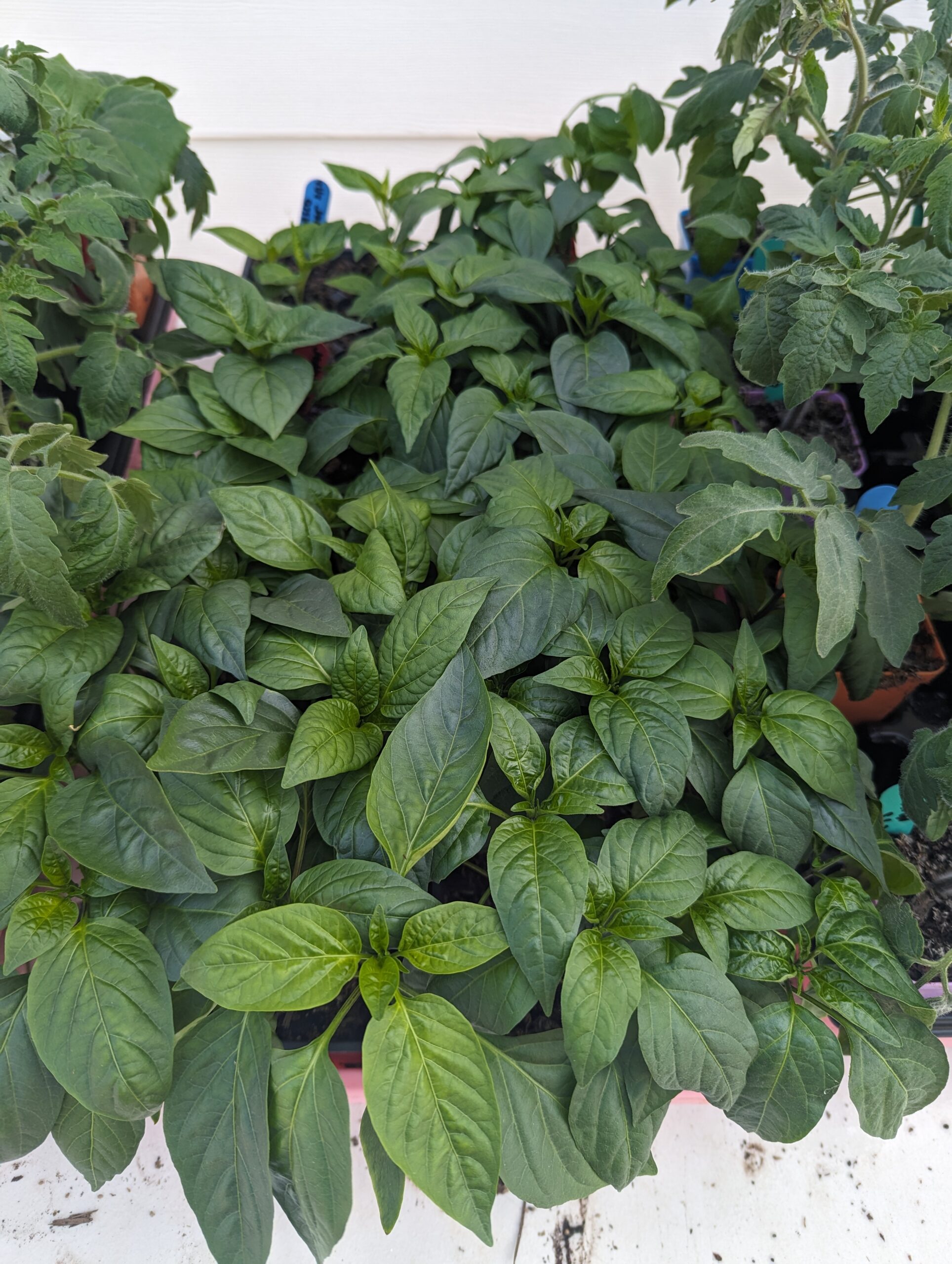Homesteading in California: How to Start at Any Stage
How Homesteading in California is Possible
Homesteading in California is a journey that looks different for everyone, depending on where you live in this vast and diverse state. From the deserts dotted with Joshua trees in the south, to the rugged mountain ranges in the north, the lush farmlands of the Central Valley, and the breathtaking coastal areas along the Pacific, California offers a wide variety of terrains—and challenges—for homesteaders.
One unique aspect of homesteading in the Golden State is the cost of land, which is often significantly higher than in other states. This makes it all the more important to start building your skills now, even if you’re not in your ideal location. Whether you’re in a small apartment, an urban home, or fortunate enough to have a bit of land, homesteading isn’t about where you live—it’s about adopting a mindset of self-sufficiency and sustainability.
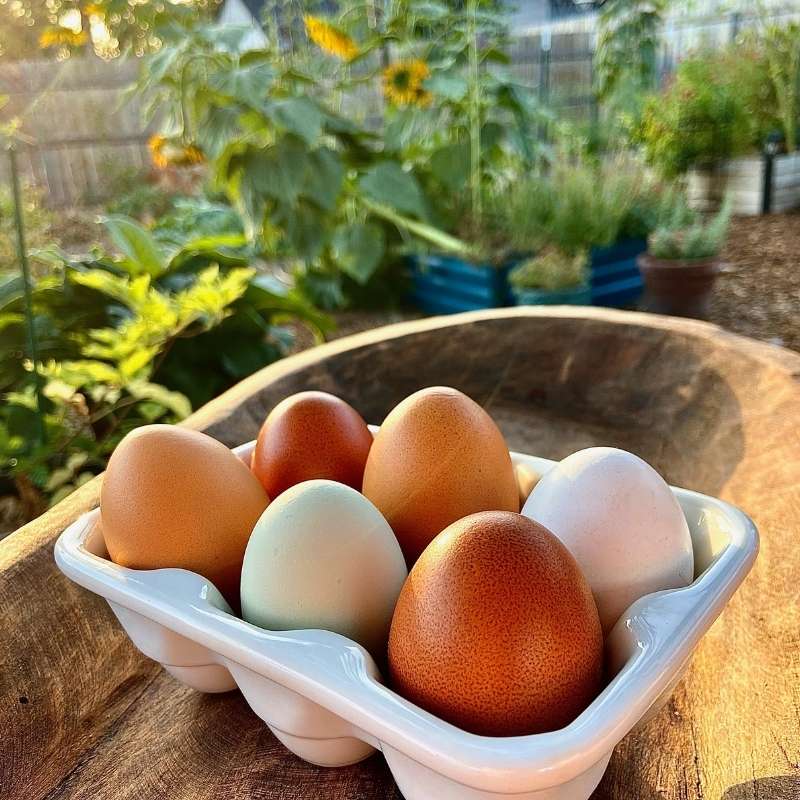
Starting small, with tasks like container gardening, learning to preserve food, or baking from scratch, is a great way to lay the foundation for bigger projects later on. Homesteading is undoubtedly hard work, but the rewards—like growing your own food, reducing reliance on outside systems, and gaining independence—make the effort worth it.
So no matter where you’re at today, there’s a place for homesteading in your life. The key is to begin where you are and grow your knowledge and skills step by step.
Save for Later!
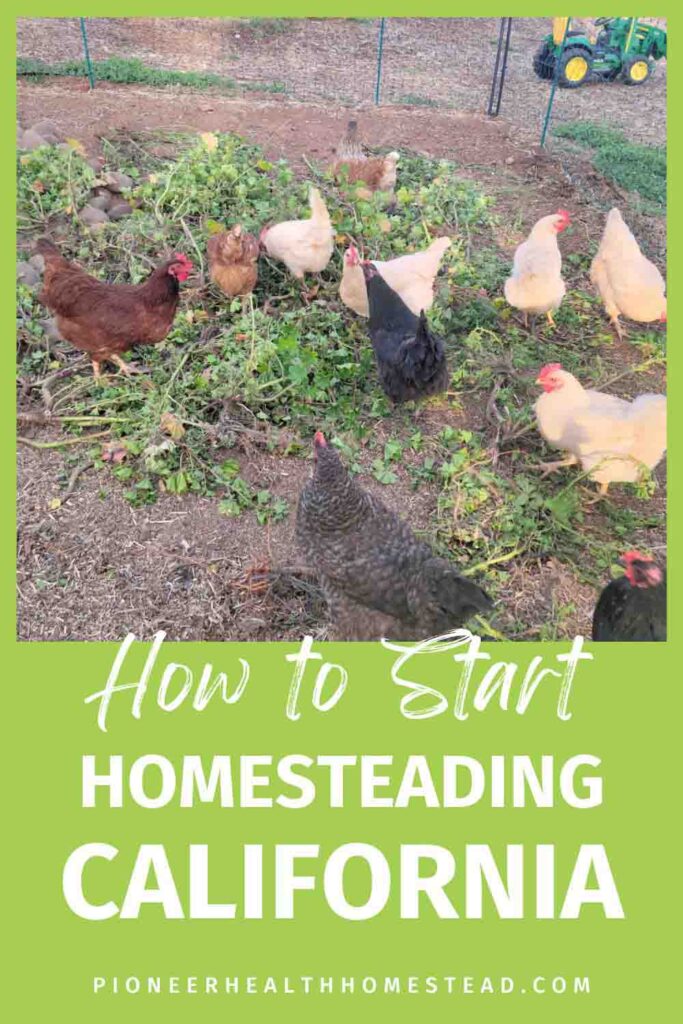
Starting Homesteading Skills Wherever You Live
Apartment or Small Urban Space
Even in an apartment or small urban area, you can embrace homesteading in California by starting small and learning vital skills. Container gardening is an excellent place to begin. You can grow fresh herbs like basil, parsley, or mint on a windowsill or balcony. With California’s diverse climate, it’s easy to grow something year-round, even in urban areas.
Urban food preparation and preservation are also essential skills for any homesteader. Try simple techniques like fermenting vegetables, making jam, or freezing seasonal produce. These skills will serve you well when you eventually expand your homestead.
Community garden participation is another valuable resource for urban homesteaders. Many California cities, from Los Angeles to San Diego, have thriving community gardens. These spaces allow you to learn from fellow homesteaders, grow more than you can at home, and connect with like-minded people.
Finally, focus on building basic skills like breadmaking or fermenting. Mastering these skills in your current space makes transitioning to a larger homestead much easier. Start now, and when you have the land to grow wheat or ferment homegrown vegetables, you’ll already know what to do.
Suburban Home or Small Lot
Homesteading in California from a suburban home or small lot opens the door to more opportunities for self-sufficiency and sustainability. Raising small livestock, such as chickens or rabbits, is a great way to begin. Always check with local government regulations to ensure compliance with rules about small animals in suburban areas. Chickens, for example, are popular choices for their egg production and relatively simple care needs.
With more space available, you can expand your garden to include a variety of seasonal crops. California’s climate allows for year-round gardening, so consider planting vegetables, fruits, and even flowers that support pollinators. Start with crops suited to your region, like tomatoes and zucchini in southern California or root vegetables in cooler northern areas.
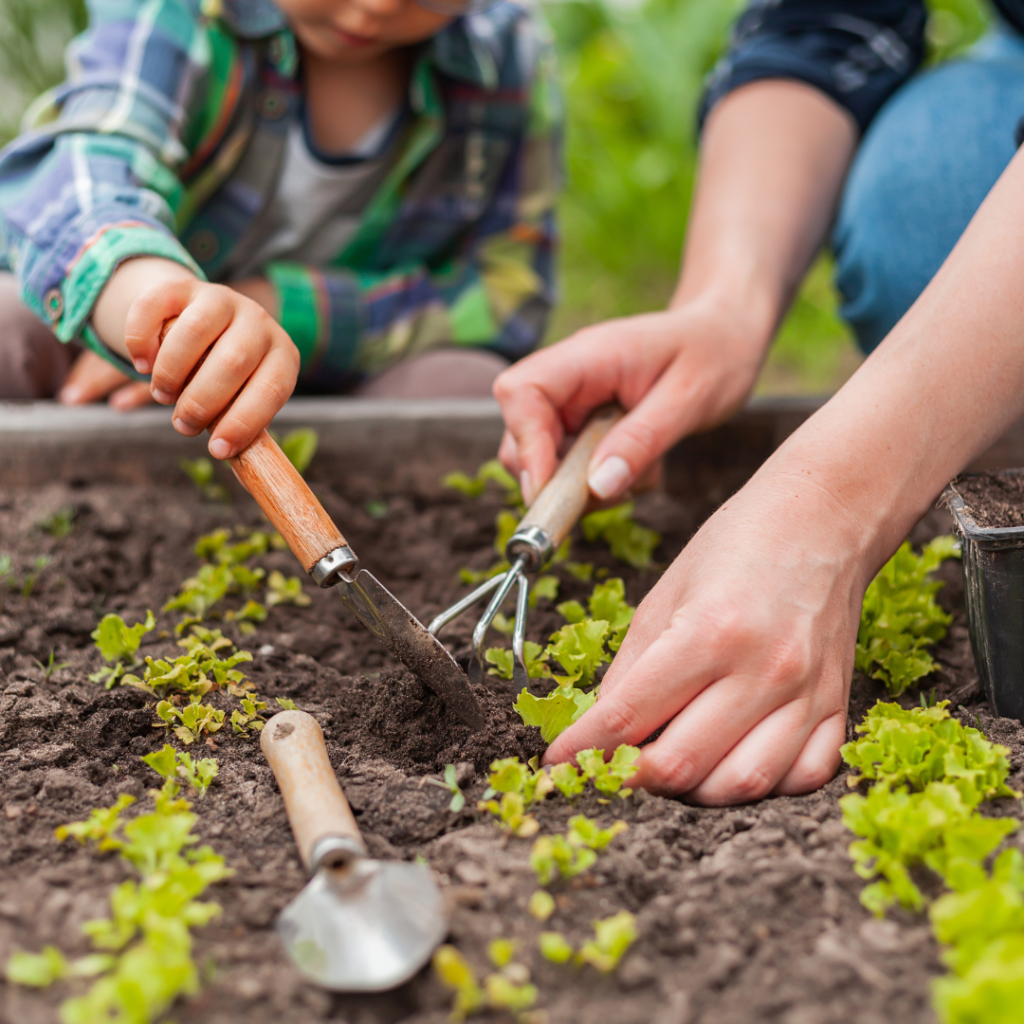
For more substantial projects, explore the building permits required for sheds, greenhouses, or other structures. These additions can enhance your ability to store tools, grow plants year-round, or house small animals. By working within local regulations, you can create a homestead that meets your needs while staying compliant with California law.
Families with children can also benefit from joining local 4-H or Future Farmers of America (FFA) groups. These organizations offer hands-on learning opportunities about agriculture, animal care, and leadership. Kids can gain valuable knowledge about gardening, raising animals, and running small homestead projects.
Even in planned developments, connecting with program participants who share similar goals can provide inspiration and practical advice. Homesteading is not just about independence; it’s about building a community of like-minded individuals striving toward sustainable living.
Rural Land or Acreage
If you’re fortunate enough to homestead on rural land or acreage in California, your opportunities for self-sufficiency and sustainability expand significantly. Managing larger areas of land allows you to raise livestock, grow a wide variety of crops, and explore more advanced homesteading practices. Livestock options like goats, cattle, or sheep can provide milk, meat, and wool, while crops can include everything from hearty grains to expansive orchards.
Sustainability becomes especially important on larger properties, particularly in areas like southern California, where water conservation is a critical consideration. Learning how to manage your water resources through rainwater harvesting, drip irrigation, and drought-tolerant planting can ensure your homestead thrives even in drier climates.
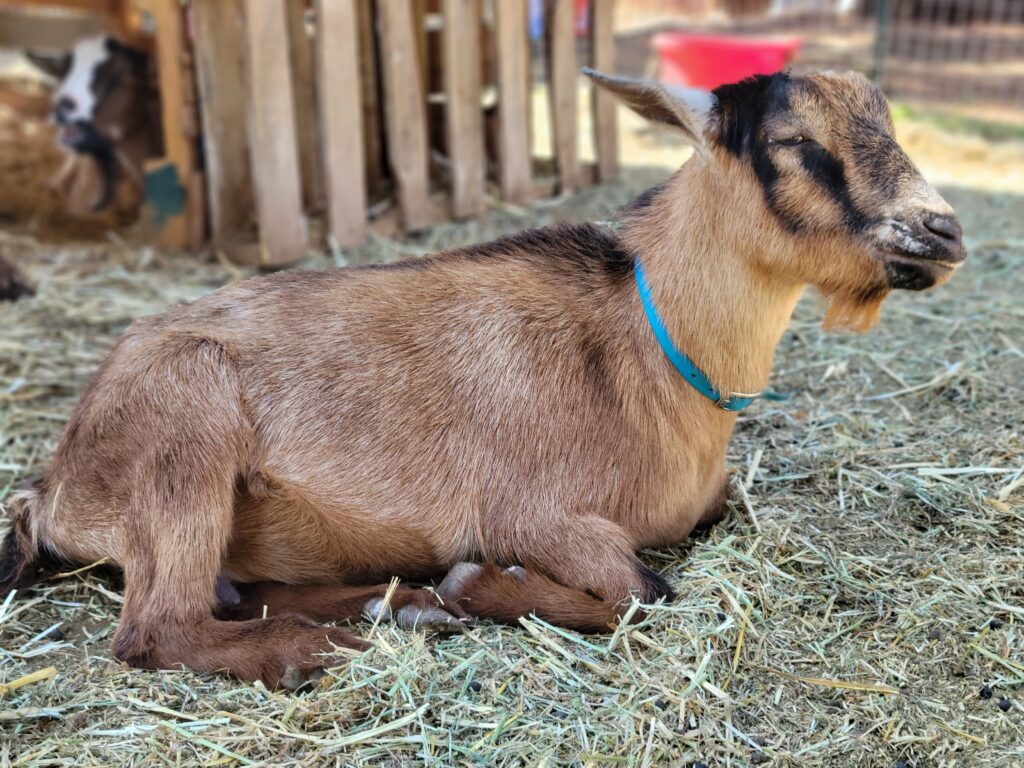
Homesteading on rural land also provides the chance to embrace traditional farming practices. California is home to a rich history of cattle ranchers and agricultural pioneers, offering valuable lessons in managing large-scale operations. These practices, combined with modern techniques, create a balanced approach to working your land effectively.
California’s diverse landscapes, from Joshua tree-studded deserts to areas with natural hot springs, showcase the unique challenges and opportunities of rural homesteading in the Golden State. Every region has its strengths and requires specific knowledge to make the most of the land.
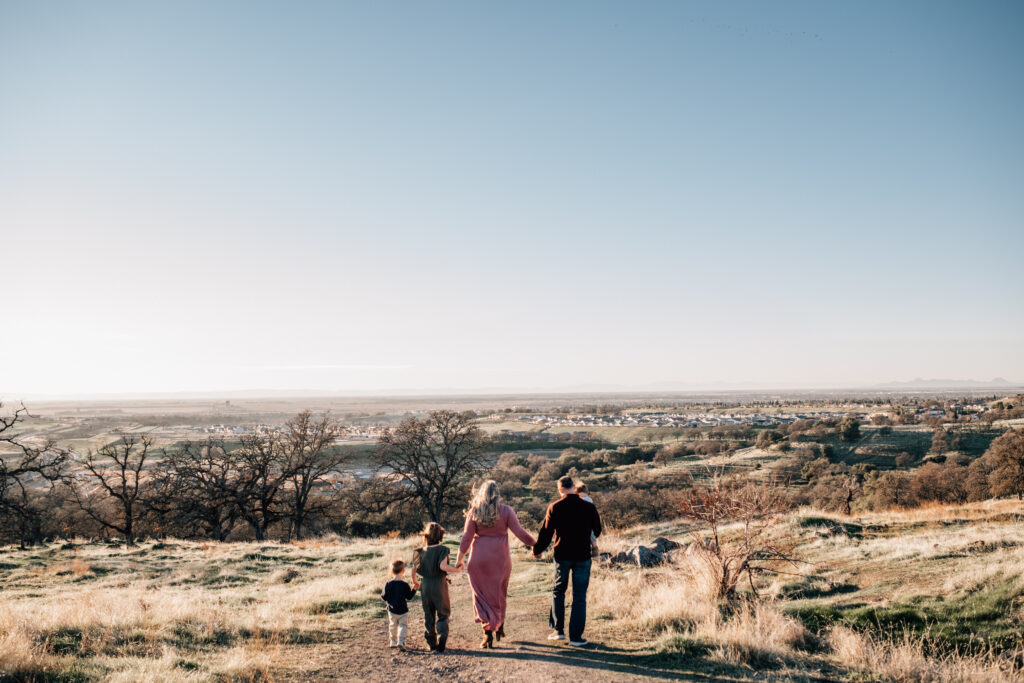
Homesteading on rural acreage is hard work, but it allows for a deeper connection to nature and a truly sustainable lifestyle. By adopting practices that suit your property’s terrain and climate, you can create a homestead that supports your family and contributes to the broader agricultural heritage of California.
Building a Homestead Community in California
Connecting with Local Homesteaders
Building a homestead community is one of the most rewarding aspects of starting a homestead in California. Connecting with other homesteaders provides support, shared knowledge, and inspiration. Many areas across the state, including San Diego, Orange County, and even more rural regions, host workshops, fairs, and meet-ups dedicated to homesteading. These events are a great way to network with fellow homesteaders and learn practical skills like gardening, animal care, and food preservation.
Here in Butte County, specifically in Paradise, CA, a flourishing homesteading community has emerged in the wake of the Camp Fire. This resilient community is dedicated to sustainable living and rebuilding with a focus on self-sufficiency. Being part of this local movement offers opportunities to learn, share resources, and contribute to a shared vision of a thriving homesteading lifestyle.
When planning for a homestead, it’s also helpful to use local resources for real estate and land purchasing advice. California’s real estate market varies widely, with significant differences in land costs and availability depending on the region. Local realtors and seasoned homesteaders can offer guidance on navigating the market and finding properties suited to your goals, whether you’re looking in southern California or more rural northern areas.
Don’t forget to check with your local county and city or town zoning laws. Regulations often dictate what types of animals you can keep, how large gardens can be, and what structures you’re allowed to build on your property. Understanding these laws early on will help you avoid potential issues and set up your homestead in compliance with local requirements.
Staying Informed
Staying informed is essential when building a homestead in California. Research is your best tool for understanding the costs, regulations, and benefits of homesteading in the state. For instance, always check the annual property taxes and other expenses associated with your property. Understanding these costs can help you budget effectively and avoid surprises down the road.
Take advantage of online resources to follow links to additional information about homesteading in California. From understanding local building codes to learning about the California Homestead Exemption Amount, staying educated ensures your homestead operates smoothly and legally.
Whether you’re in the early planning stages or actively developing your property, keeping up with new legislation and community programs will help you make informed decisions. By staying engaged with the latest information and connecting with your local homesteading network, you’ll be better equipped to create a thriving and sustainable homestead.
Homesteading Goals for Every Stage of Life
No matter where you are in life, homesteading offers a journey that is as much about personal growth as it is about self-sufficiency. Whether you’re living in a mobile home, a single-family home, or starting fresh with a new property, setting achievable goals is key to success. It’s important to remember that homesteading doesn’t happen overnight—each step you take brings you closer to your long-term vision.
Setting Homesteading Goals in a Mobile Home, Single-Family Home, or New Property
For those starting small, like in a mobile home or single-family home, it’s helpful to begin with simple, manageable projects. Start by growing a small garden, raising a few chickens, or learning food preservation techniques like canning or fermenting. These smaller steps build your skills and knowledge, which will be crucial when you eventually move to a larger property or expand your homesteading efforts.
As you progress, you can increase your homesteading goals. For example, if you’re in a new home with more space, you might plan for larger garden beds, the addition of a rainwater harvesting system, or even the installation of a composting toilet. These goals should feel like natural progressions from your initial efforts so that each step builds on what you’ve already learned.
Learning Resilience and Adaptability through Homesteading
Homesteading also teaches resilience and adaptability. There will inevitably be setbacks, whether due to weather, local regulations, or personal challenges. However, the process of overcoming these obstacles will teach you to adapt and find creative solutions. Resilience is one of the most important lessons homesteading imparts, as you learn to work with nature and your environment rather than against it.
Ultimately, homesteading is a lifelong pursuit. Whether you’re just starting or have been on the journey for years, each stage of life offers opportunities to grow your homestead and refine your self-sufficiency. By setting clear goals and staying adaptable, you can build a homestead that supports your family and fulfills your personal vision of independence.
Start Your Homesteading In California Today
Homesteading in California is a good idea and offers endless possibilities. The best part is that you can start wherever you are. Whether you’re specific situation is in an apartment, a suburban home, or on rural acreage, developing skills and taking small steps will pave the way for a thriving homestead. It’s not about having the perfect setup—it’s about learning, growing, and adapting to your circumstances.
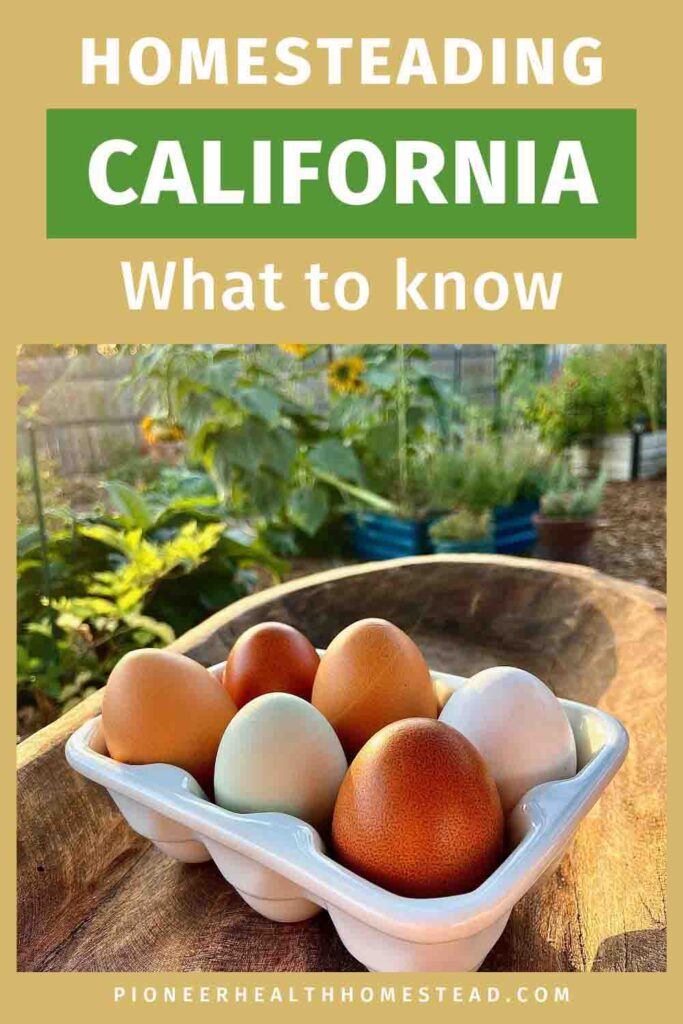
Remember, homesteading is a journey of progress, not perfection. Planting a few herbs on your windowsill, learning to bake bread, or expanding your backyard garden are all meaningful first steps. Every skill you gain builds a stronger foundation for a more self-sufficient lifestyle, no matter your current living situation.
For more inspiration, gardening tips, and tricks to help you along your homesteading path, follow me on YouTube. I share practical advice and insights to guide you through this rewarding lifestyle. Your homesteading dreams are within reach—start small, stay curious, and embrace the journey toward a more sustainable and fulfilling way of life.
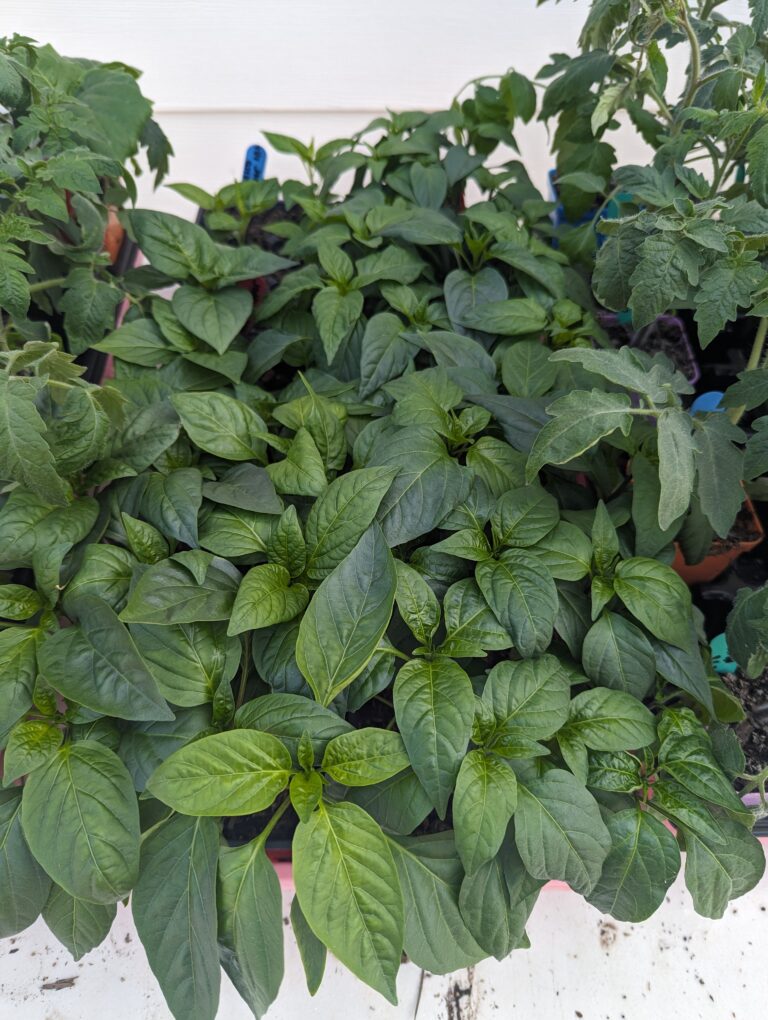
How to Make Peppers Grow Faster: Guide and Easy Tips
Sharing is caring! Facebook Pinterest X How to Make Peppers Grow Faster: Guide and Easy Tips How to make peppers grow faster is a common question among home gardeners seeking to maximize their growing season. Whether you’re nurturing sweet peppers, green peppers, or hot pepper plants, creating ideal conditions is essential for pepper success. The best…

The Different Types of Cloth Diapers: Ultimate Guide
The Different Types of Cloth Diapers: Ultimate Guide The different types of cloth diapers offer a sustainable and eco-friendly alternative to disposable diapers for your baby. As a mom of five and a Registered Nurse, I’ve seen the many benefits of reusable cloth diapers firsthand. This guide will help you understand the major types of…

The Best Doula Bag Essentials Kit for Birth and Postpartum
The Best Doula Bag Essentials Kit for Birth and Postpartum The Best Doula Bag Essentials Kit for Birth and Postpartum A well-stocked doula bag is essential for supporting women during birth and postpartum. As a Registered Nurse, mother of five, and former Navy Hospital Corpsman, I’ve experienced the birthing world from many angles. I’ve worked…

The Best Herbal Tea for Sinus Infection: Natural Treatments
The Best Herbal Tea for Sinus Infection: Natural Treatments Best Herbal Tea for Sinus Infection: Natural Remedies for Sinus Relief The best herbal tea for sinus infection can help relieve common sinus infection symptoms like congestion, pressure, and headaches. Sinus infections, including acute and chronic sinusitis, cause discomfort in the sinus cavities. Symptoms often include…
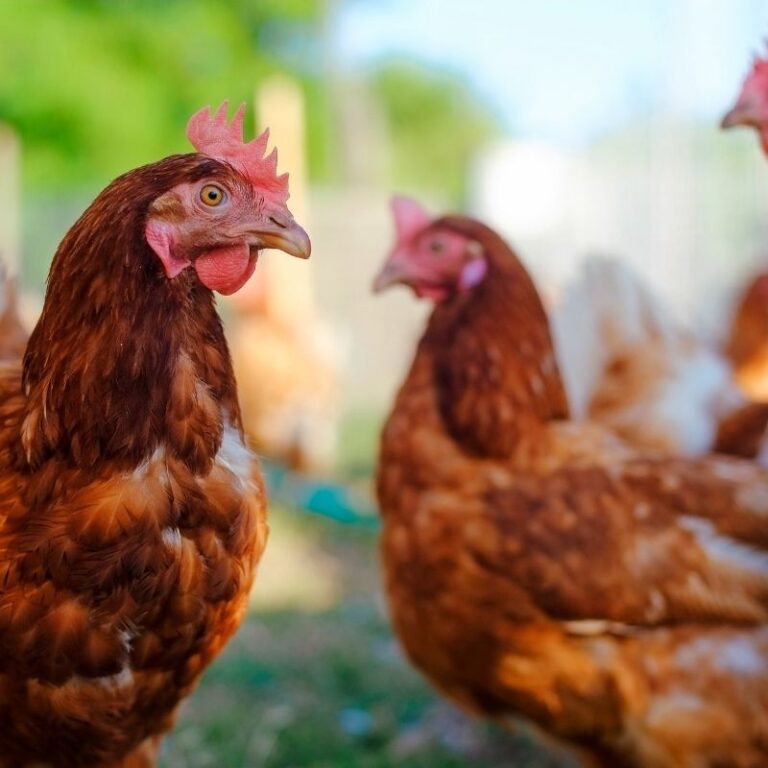
The Best Time to Get Chickens: Guide for Baby Chicks
The Best Time to Get Chickens: Guide for Baby Chicks Many first-time chicken owners wonder when the best time to get chickens is. Keeping backyard chickens is an incredibly rewarding experience, offering a steady supply of fresh eggs, a fun hobby, and even a way to teach children about responsibility. However, choosing the best time…

The Best Temp for Herbal Tea: Guide for Optimal Brewing
The Best Temp for Herbal Tea: Guide for Optimal Brewing What is the Best Temp for Herbal Tea? What You’ll Learn in This Guide The best temp for herbal tea is key to unlocking the full flavors and health benefits of your brew. In this guide, tea lovers will discover the ideal brewing temperatures for…

